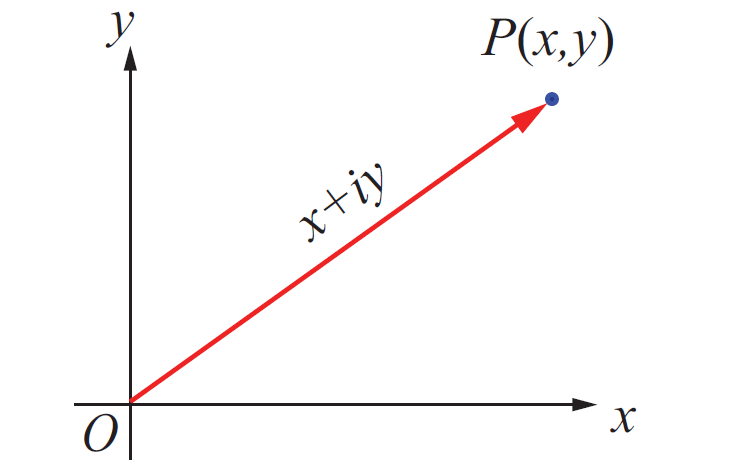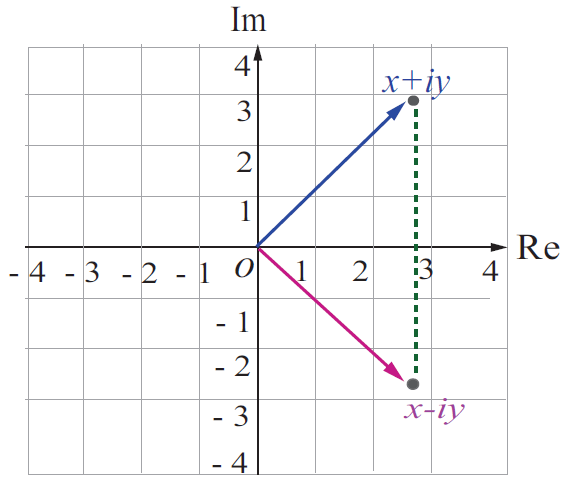INTEGRATION BY SUBSTITUTION
Key Idea :
Let us consider the integration of a function with respect to x. If the derivative of a part of the function is at somewhere of the function and you are able to multiply the derivative along with dx using multiplication, then you can integration the function using substitution.
Consider the following integration.
In the function, the power of 'e' is x3. The derivative is x3 is 3x2 and it is being as a part of the function and we will be able to write the 3x2 along with dx using multiplication.
Now substitute a new variable for x3 for which we have the derivative 3x2 being a part of the given function.
Let u = x3.
u = x3
Differentiate with respect to x on both sides.
du/dx = 3x2
Multiply both sides by dx.
du = 3x2dx
In the given integration, substitute x3 = u and 3x2dx = du.
= ∫eudu
= eu + C
Substitute u = x3.
Integrate each of the following with respect to x :
Example 1 :
x/√1 + x2
Solution :
= ∫(x/√1 + x2)dx
= ∫(xdx)/√1 + x2 ----(1)
Let t = 1 + x2.
t = 1 + x2
Differentiate with respect to x.
dt/dx = 0 + 2x
dt/dx = 2x
Multiply both sides by dx.
dt = 2xdx
Divide both sides by 2.
dt/2 = xdx
Substitute 1 + x2 = t and xdx = dt/2 in (1).
∫(xdx)/√1 + x2 = ∫(dt/2)/√t
= (1/2)∫dt/√t
= (1/2)∫dt/t-1/2
= (1/2)∫t-1/2dt
= (1/2)t-1/2 + 1/(-1/2 + 1) + C
= (1/2)t1/2/(1/2) + C
= (1/2)t1/2(2/1) + C
= t1/2 + C
= √t + C
Substitute t = x2 + 1.
= √(1 + x2) + C
Example 2 :
x2/(1 + x6)
Solution :
= ∫[x2/(1 + x6)] dx
= ∫(x2dx)/[1 + (x3)2] ----(1)
Let t = x3.
t = x3
Differentiate with respect to x.
dt/dx = 3x2
Multiply both sides by dx.
dt = 3x2dx
Divide both sides by 3.
dt/3 = x2dx
Substitute x3 = t and x2dx = dt/3 in (1)
∫(x2dx)/(1 + (x3)2 = ∫(dt/3)/(1 + t2)
= (1/3)∫1/(1 + t2)dt
= (1/3)tan-1t + c
Substitute t = x3.
= (1/3)tan-1(x3) + c
Example 3 :
(ex - e-x)/(ex + e-x)
Solution :
= ∫[(ex - e-x)/(ex + e-x)]dx
= ∫(ex - e-x)dx/(ex + e-x) ----(1)
Let t = ex + e-x.
t = ex + e-x
Differentiate with respect to x.
dt/dx = ex + e-x(-1)
dt/dx = ex - e-x
Multiply both sides by dx.
dt = (ex - e-x)dx
Substitute ex + e-x = t and (ex - e-x)dx = dt in (1).
∫(ex - e-x)dx/(ex + e-x) = ∫dt/t
= ∫(1/t)dt
= lnt
Substitute t = ex + e-x.
= ln(ex + e-x) + c
Example 4 :
(10x9 + 10xln10)/(10x + x10)
Solution :
= ∫[(10x9 + 10xln10)/(10x + x10)]dx
= ∫(10x9 + 10xln10)dx/(10x + x10) ----(1)
Let u = 10x + x10.
u = 10x + x10
Differentiate with respect to x.
du/dx = 10xln10 + 10x9
Multiply both sides by dx.
du = (10xln10 + 10x9)dx
du = (10x9 + 10xln10)dx
Substitute 10x + x10 = u and (10x9 + 10xln10)dx in (1).
= ∫du/u
= ∫(1/u)du
= lnu + c
Substitute u = 10x + x10.
= ln(10x + x10) + c
Example 5 :
(sin√x)/√x
Solution :
= ∫[(sin√x)/√x]dx
= ∫(sin√x)(dx/√x) ----(1)
Let u = √x.
u = √x
u = x1/2
du/dx = (1/2)x1/2 - 1
du/dx = (1/2)x-1/2
du/dx = 1/(2x1/2)
du/dx = 1/(2√x)
Multiply both sides by 2dx.
2du = dx/√x
Substitute √x = u and dx/√x = 2du in (1).
∫(sin√x)(dx/√x) = ∫(sinu)(2du)
= 2∫sinudu
= 2(-cosu) + c
= -2cosu + c
Substitute u = √x.
= -2cos√x + c
Kindly mail your feedback to v4formath@gmail.com
We always appreciate your feedback.
©All rights reserved. onlinemath4all.com
Recent Articles
-
First Fundamental Theorem of Calculus - Part 1
Apr 17, 24 11:27 PM
First Fundamental Theorem of Calculus - Part 1 -
Polar Form of a Complex Number
Apr 16, 24 09:28 AM
Polar Form of a Complex Number -
Conjugate of a Complex Number
Apr 15, 24 11:17 PM
Conjugate of a Complex Number

